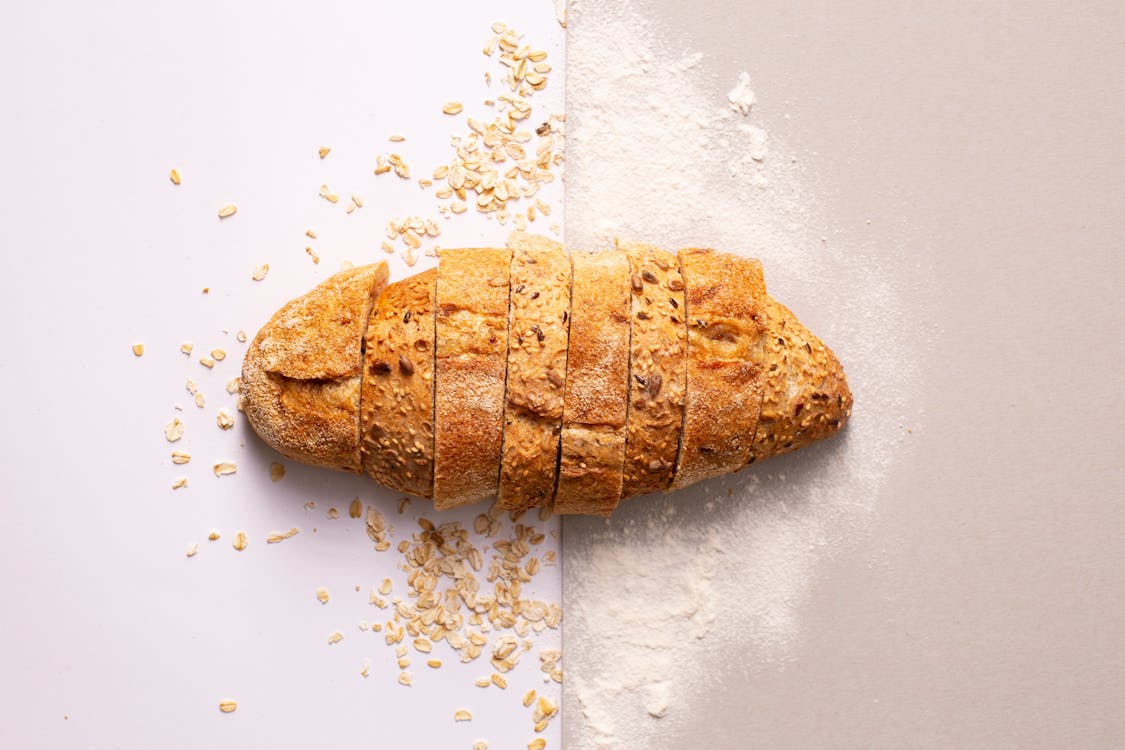Ready-to-eat foods are a popular choice for many consumers because of their convenience and quick preparation time. These types of foods are becoming increasingly popular in today’s fast-paced world. However, ready-to-eat foods can also pose a significant risk of foodborne illness if proper precautions are not taken during their production.
Therefore, it is essential for ready-to-eat food manufacturers to take necessary precautions to prevent food contamination. In this article, we will discuss some of the precautions that manufacturers should take to ensure that their products are safe for consumption.
Table of Contents
Maintaining Personal Hygiene
Maintaining personal hygiene is crucial when working with ready-to-eat foods. Employees who work with these foods must take appropriate measures to prevent the spread of pathogens that can cause foodborne illness. This includes washing their hands frequently and thoroughly, wearing gloves and hairnets, and avoiding contact with other potentially contaminated items.
Employees should also be trained on proper food handling techniques and should be aware of the risks associated with cross-contamination.
Sanitizing Work Surfaces and Equipment
Sanitizing work surfaces and equipment is another important precaution that ready-to-eat food manufacturers must take to prevent contamination. Any surface or equipment that is to come in contact with the food must be properly and regularly sanitized. This is to ensure that bacteria, alongside other harmful microorganisms, don’t spread.
Sanitize everything from cutting boards and worktables to knives and other utensils. As a manufacturer of ready-to-eat food, you must make sure that no equipment is left unsanitized. Everything must be properly maintained to ensure that clean and proper functionality is maintained throughout the production line.
Quality Control
Quality control is another vital aspect of preventing food contamination. Manufacturers should have a comprehensive quality control program in place to ensure that all products meet the necessary standards for safety and quality.
This includes testing products for potential contaminants, monitoring the manufacturing process, and ensuring that all employees are properly trained on safety and quality procedures.
When it comes to quality control, make sure you understand what is GMP and what is cGMP and what differentiates the two practice standards. GMP means Good Manufacturing Practice. On the other hand, cGMP stands for Current Good Manufacturing Practice.
According to American Cleanroom Systems, both of them are standards set the US federal government Food and Drug Administration (FDA). These standards exist to regulate the development, manufacturing, testing, and sale of food as well as pharmaceutical products and medical devices in the US.
Whether it’s ready-to-eat meal plants or pharmaceutical manufacturing facilities, food and drug manufacturers must comply with cGMP regulations in their manufacturing processes to ensure proper quality control of their products.
Temperature Control
Temperature control is another essential factor in preventing food contamination. All types of ready-to-eat meals must be stored at proper temperatures. This is to make sure that harmful bacteria don’t grow on these food items and contaminate them in any way.
For proper temperature control, the storage temperatures must be optimal. Before that, however, you must also make sure that the food itself is cooked to the appropriate internal temperature. As a manufacturer, it’s your duty to check the food and equipment temperature regularly so that you can maintain the necessary temperatures for your food items throughout the production process.
As a rule of thumb, you should make sure that all perishable food items are kept in a storage unit where the temperature is below 41 degrees Fahrenheit. Otherwise, there’s always a chance of bacterial growth in these items.
Product Labeling
Product labeling is another critical aspect of preventing food contamination. Manufacturers must ensure that their product labels accurately reflect the ingredients used in the product and any potential allergens. This information is essential for consumers who may have food allergies or intolerances. Manufacturers should also include clear instructions for handling and preparing the food to ensure that consumers are aware of any potential risks.
Supplier Management
Supplier management is another crucial component of preventing food contamination. You, as a manufacturer, should maintain a flawless process in place that will help select and vet suppliers to make sure that they meet all the necessary safety and quality standards. You should also monitor your suppliers regularly and run audits to ensure that they’re maintaining those standards.
If you’re not happy with a supplier, don’t hesitate to dump them and switch to a new one. The more you delay, the higher the chances that you’ll end up with a case of contaminated food at some point in your business. This is not only bad for your business but also your overall reputation, as even the smallest news about contaminated ready-to-eat meals can spread like wildfire and drown your entire operation.
For someone in the ready-to-eat food manufacturing industry, maintaining such standards is a must. They might be difficult to ensure, but unless you’re doing so, you’re running a risk of producing contaminated food and sending it out into the market.

